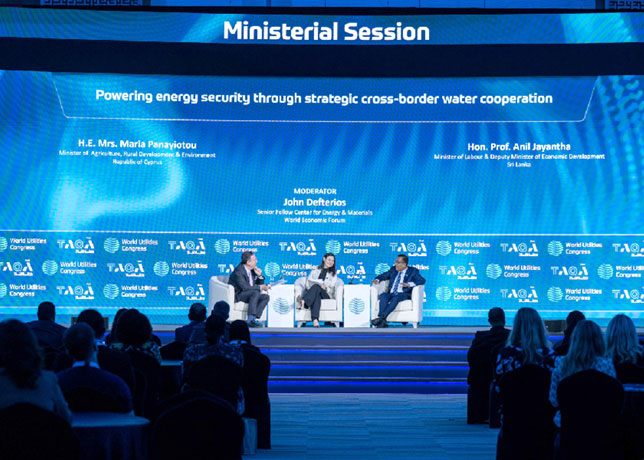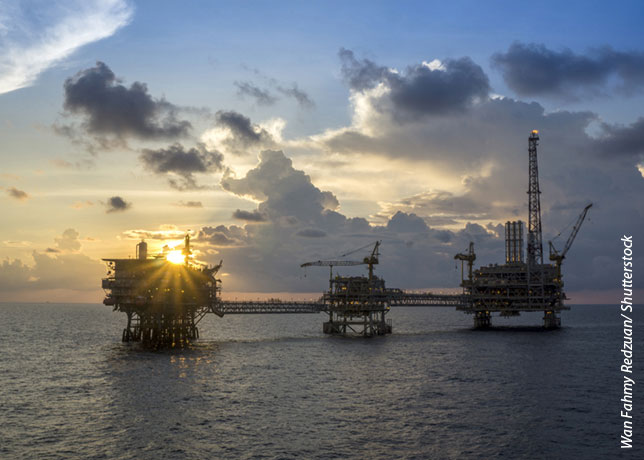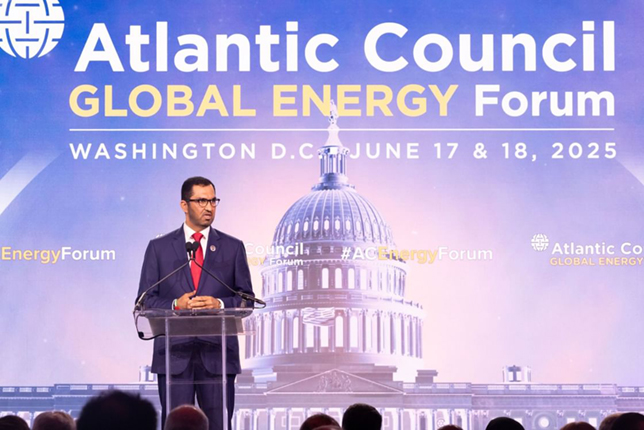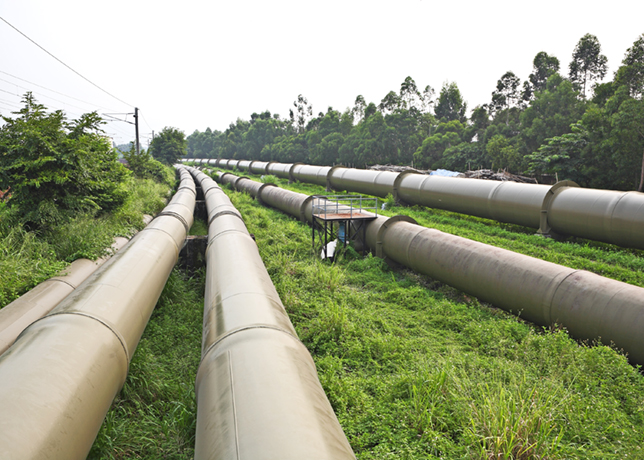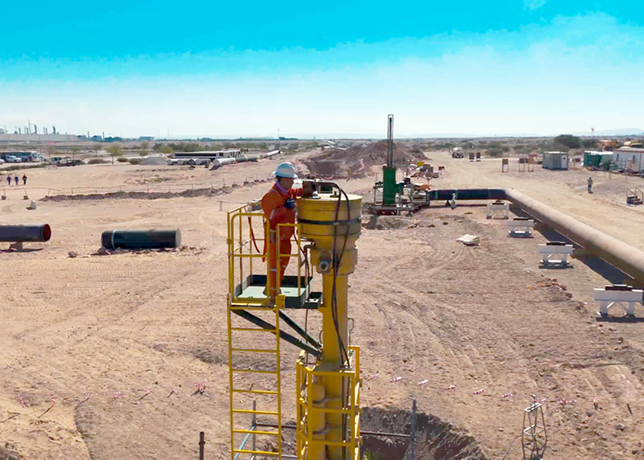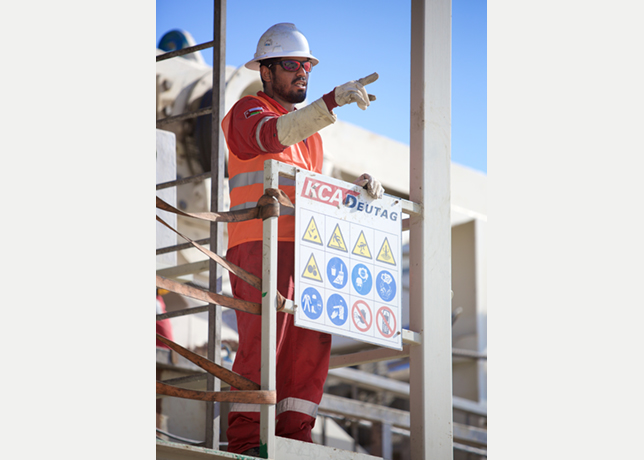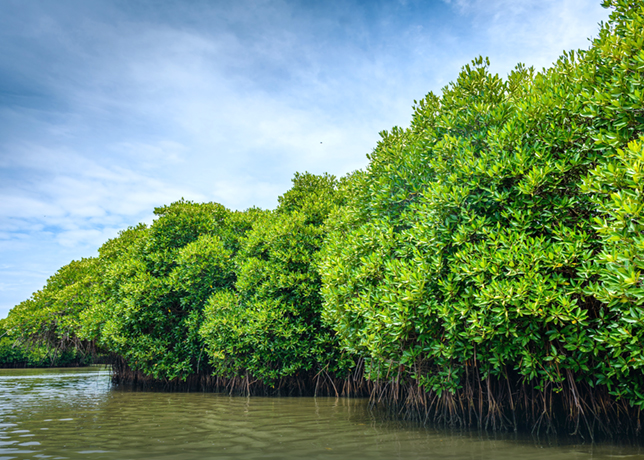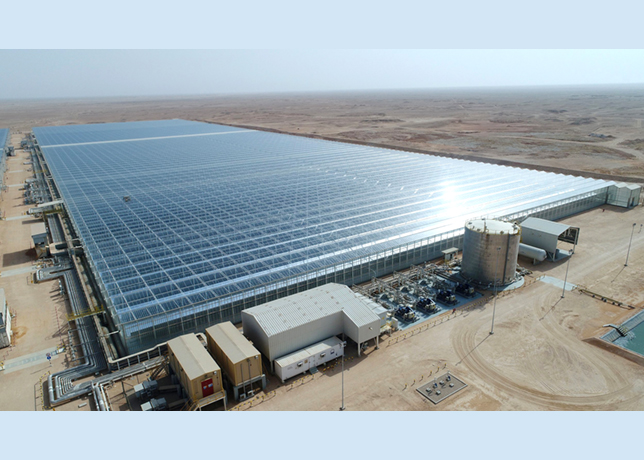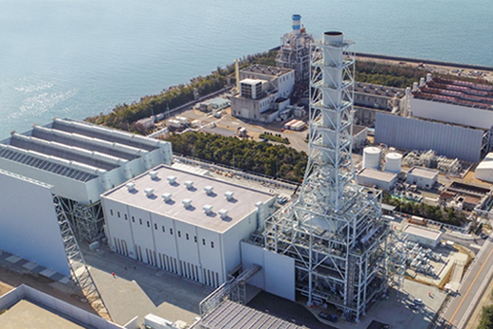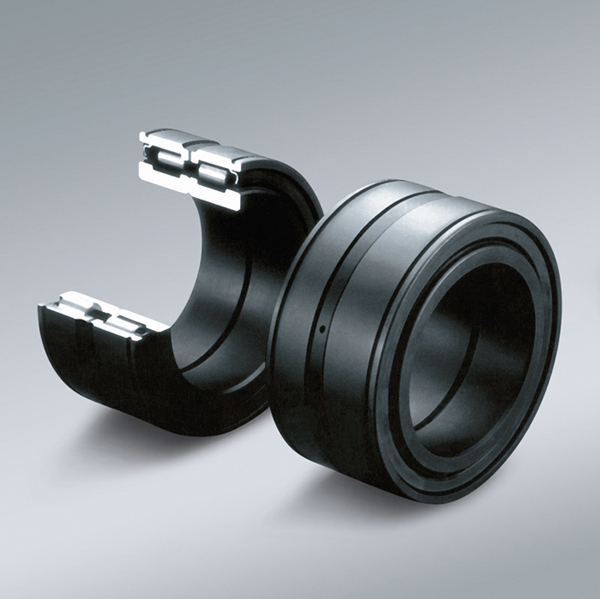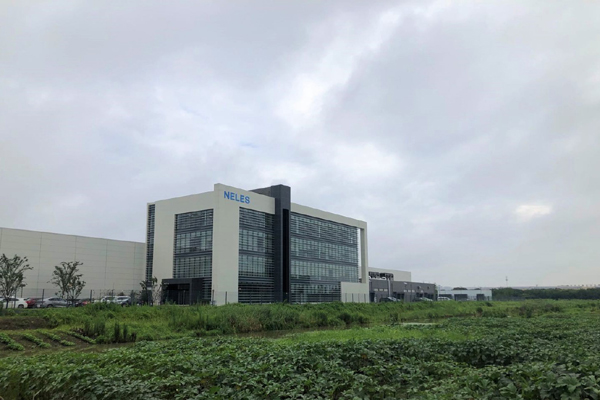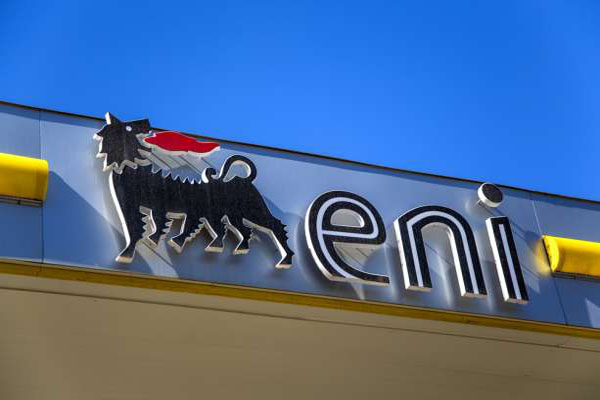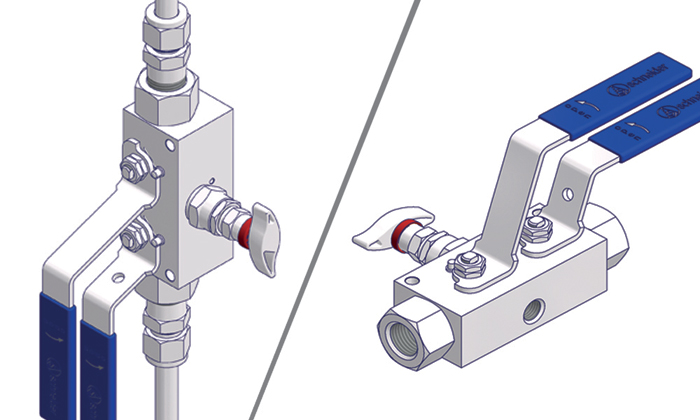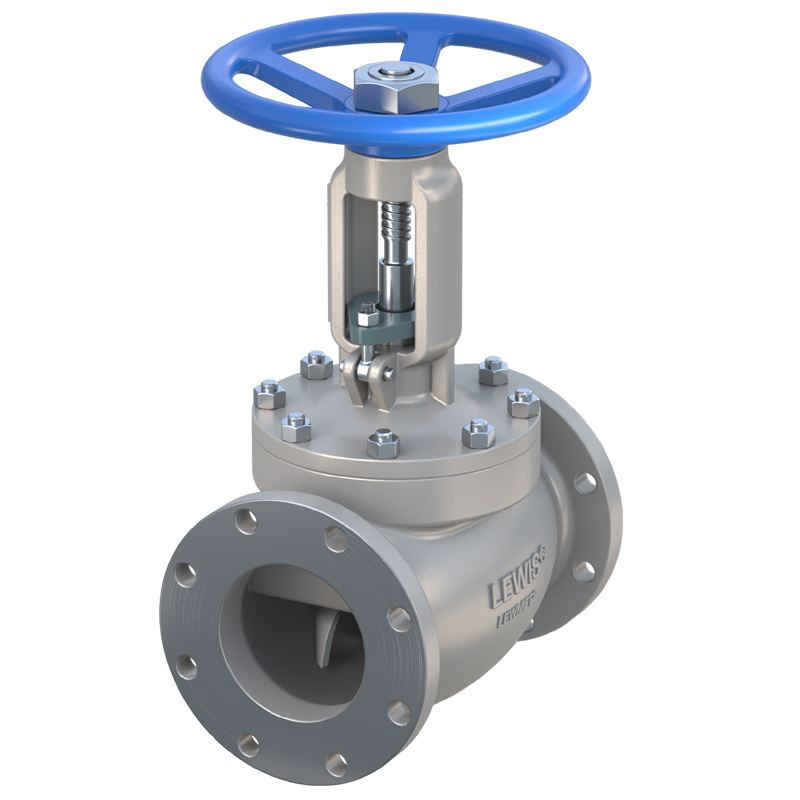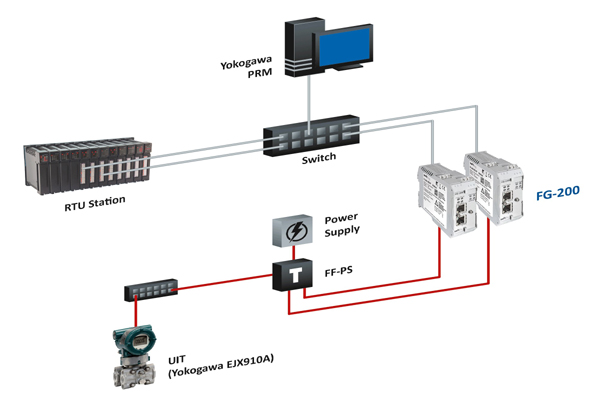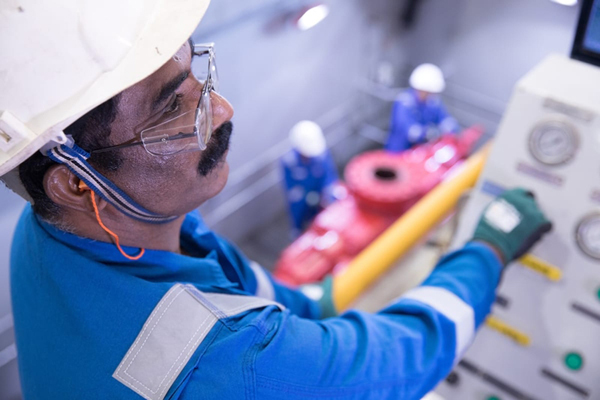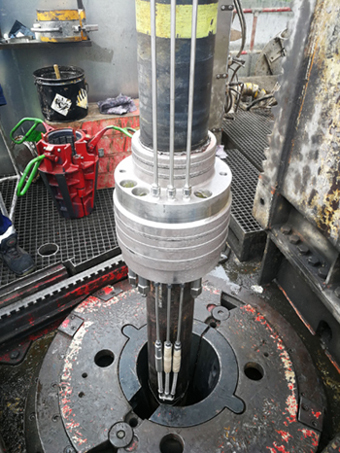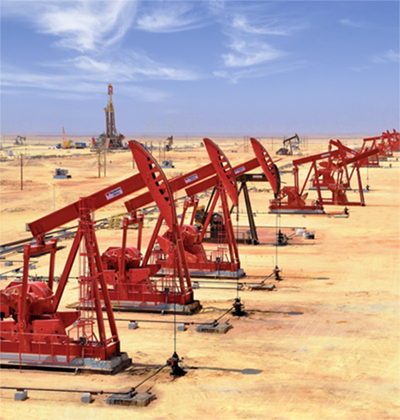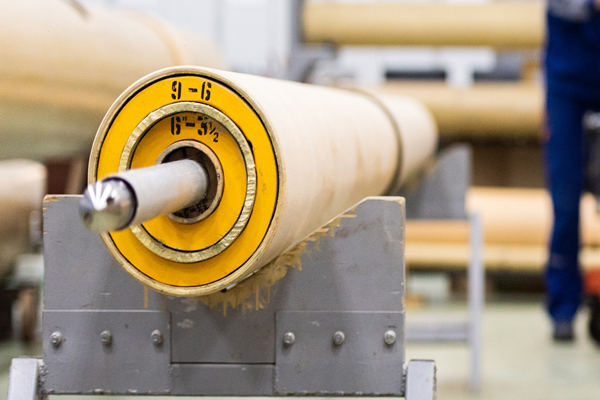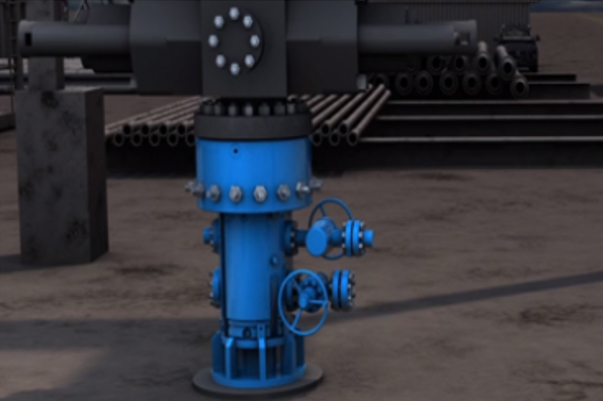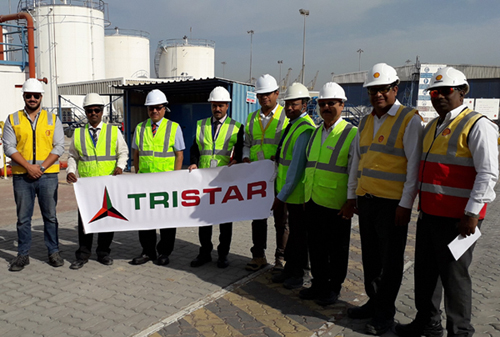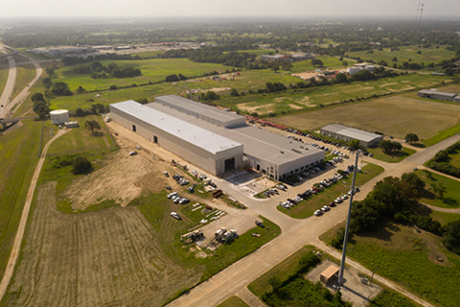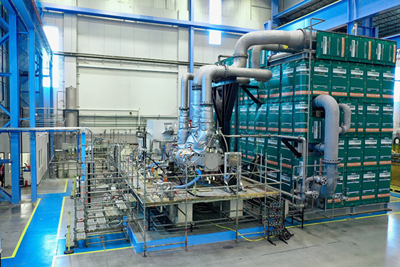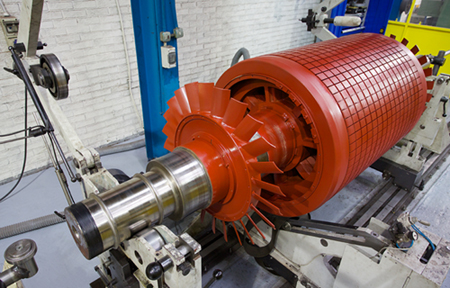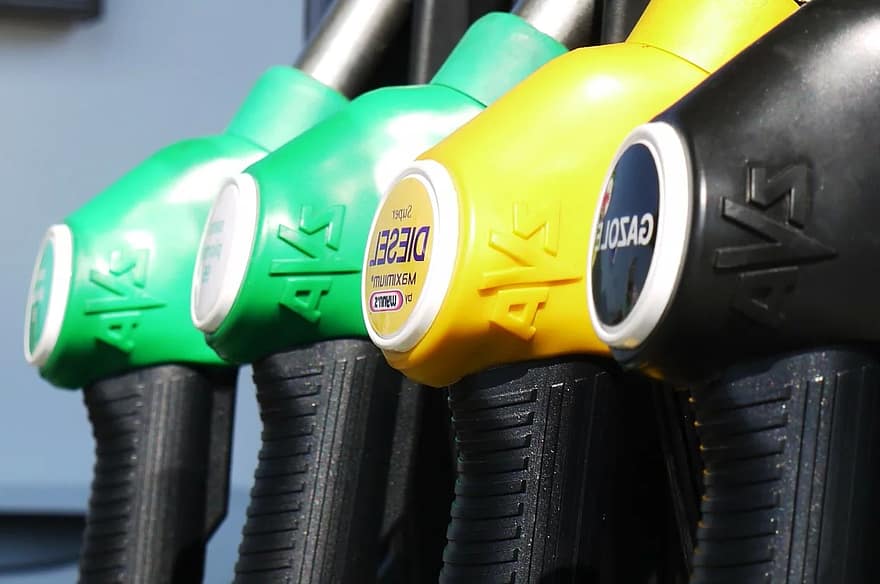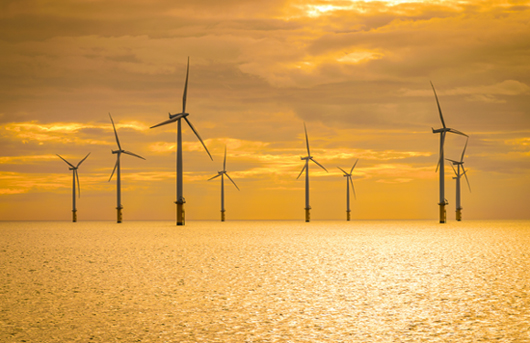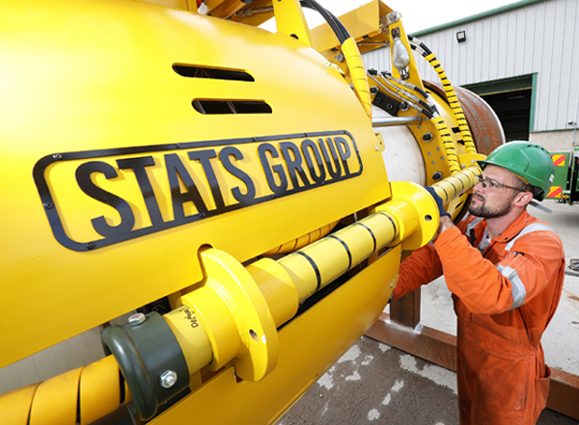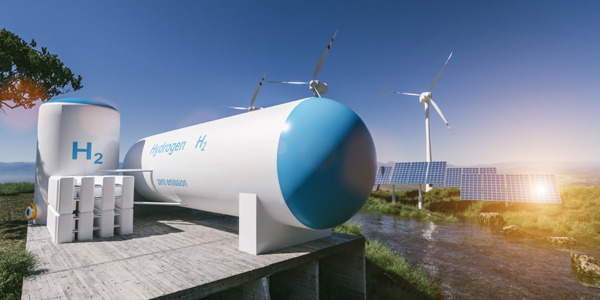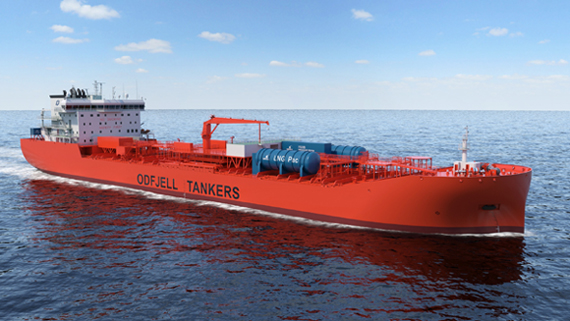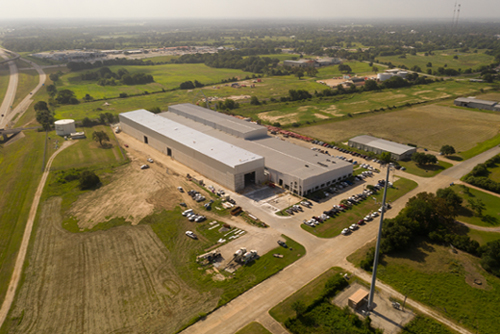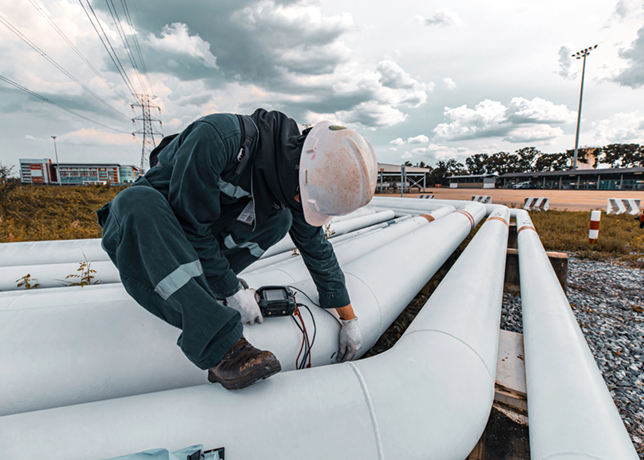
 The pipelines market is set for sustained growth
The pipelines market is set for sustained growth
Both onshore and offshore markets are poised for sustained growth, with the Asia-Pacific region offering significant opportunities for infrastructure development, and the industry’s ability to adapt through innovation
The global oil and gas pipelines market, encompassing both onshore and offshore segments, is experiencing a dynamic phase of expansion driven by escalating energy demands, technological innovations, and significant infrastructure investments.
This critical infrastructure ensures the efficient transport of hydrocarbons from production sites to refineries, export terminals, and end-users, underpinning global energy security.
As economies grow and industrialise, the need for reliable pipeline networks continues to intensify, particularly in emerging markets.
ONSHORE: A CORNERSTONE OF ENERGY TRANSPORT
Onshore pipelines, laid across inland regions, are projected to see substantial growth.
According to Westwood’s World Onshore Pipelines Market Forecast, 210,822 km of pipelines will be installed between 2025 and 2029, averaging 42,164 km annually.
This represents a 7 per cent increase compared to previous years impacted by Covid-19.
Gas pipelines dominate, accounting for 71 per cent or roughly 149,000 km of installations.
Demand is particularly strong in Asia, Latin America, and the Middle East, where countries are expanding domestic gas infrastructure.
In the US, export pipeline networks are growing to connect shale plays to LNG terminals, supporting global gas demand.
Liquid pipelines, comprising 29 per cent of installations, will require $65 billion in capital expenditure (Capex).
Crude oil projects remain significant, but natural gas liquids (NGL) and condensate pipelines are gaining traction, especially in the US and Opec+ countries.
North America leads with 34 per cent of forecast installations, followed by Asia at 28 per cent, driven by China and India.
The market is expected to grow from $143.36 billion in 2025 to $180 billion by 2035, at a compound annual growth rate (CAGR) of 2.31 per cent.
Additionally, technological advancements are reshaping onshore operations.
Smart monitoring systems, including SCADA and leak detection sensors, enhance safety and efficiency.
Modular construction and prefabricated components reduce costs and deployment times.
Environmental considerations are influencing designs, with corrosion-resistant alloys and trenchless methods addressing regulatory and ESG demands.
Some pipelines are being repurposed for low-carbon fuels like hydrogen, aligning with decarbonisation goals. But despite growth, challenges persist.
Regulatory compliance, geopolitical risks, and environmental concerns, such as leaks and ecosystem impacts, pose hurdles.
OFFSHORE: NAVIGATING DEEP WATERS
Spherical Insights and Consulting reports the global offshore pipeline market will grow from $14.5 billion in 2023 to $24.37 billion by 2033, at a CAGR of 5.33 per cent.
This growth is fuelled by rising global oil and gas demand, particularly in emerging economies like China and India.
Transport lines dominate due to their role in moving hydrocarbons from offshore wells to platforms and onshore networks.
Pipelines with diameters above 24 inches are increasingly in demand to regulate high-volume hydrocarbon flows.
Shallow water pipelines, installed at depths up to 200 m, hold the largest share due to easier construction and maintenance along continental shelves.
Europe leads the offshore market, driven by North Sea resources in Norway, the Netherlands, and the UK.
North America follows, with significant investments in the Gulf of Mexico to support offshore exploration.
The Asia-Pacific region is witnessing rapid growth, with projects like Australia’s $4.3 billion Barossa gas pipeline connecting offshore fields to processing plants.
Technological innovations are critical in offshore operations.
Smart sensors and AI-driven analytics improve pipeline integrity and predict maintenance needs.
Corrosion-resistant materials and robotics for inspections enhance durability and reduce risks in harsh subsea conditions.
Sustainability is gaining traction, with companies exploring renewable energy to power monitoring systems.
However, offshore pipelines face unique challenges: High operating costs, driven by complex infrastructure and environmental compliance, restrain growth.
The competitive landscape features major players like Saipem, TechnipFMC, and Subsea 7, alongside onshore leaders like Tenaris and Jindal SAW.
Developments, such as Saipem’s 2021 agreement with Saudi Aramco for sustainable engineering, highlight the industry’s focus on innovation.
Both onshore and offshore markets are poised for sustained growth, driven by global energy needs and technological advancements.
Emerging economies, particularly in Asia-Pacific, offer significant opportunities for infrastructure development.
While regulatory, environmental, and geopolitical challenges persist, the industry’s ability to adapt through innovation ensures its critical role in the global energy landscape.










